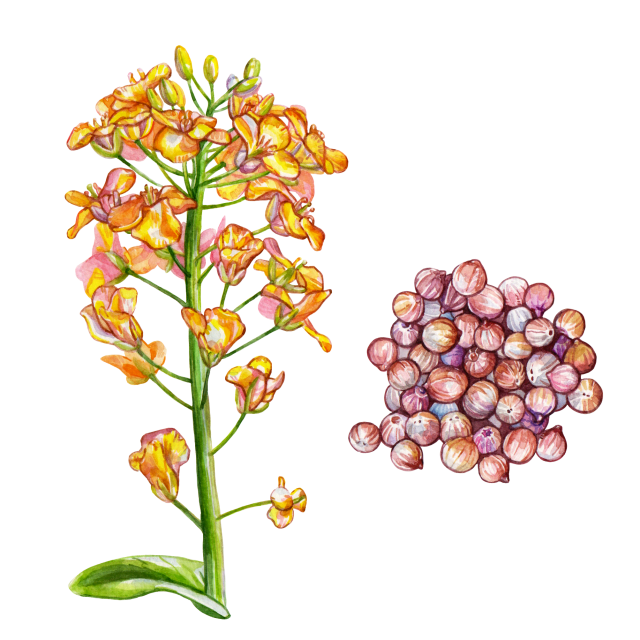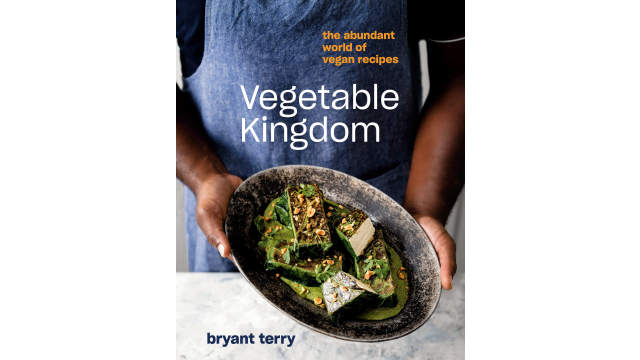Horseradish

Latin name: Armoracia rusticana
Other Names:
Uses: root vegetable (spice/condiment)
What is horseradish?
Horseradish is the long, gnarled, grey-brown root of a plant in the mustard family. Though it’s more pungent than bitter, horseradish is used as maror (bitter herb) on the traditional Seder plate; it represents the harshness endured by Jews while they were enslaved in Ancient Egypt.
Why is horseradish healthy?
Like its mustard-family kin, horseradish contains a powerful anti-inflammatory phytochemical called sinigrin. It’s also rich in antioxidants and contains minerals like calcium, potassium, magnesium, and zinc. There is some evidence that horseradish can impede the growth of certain cancer cells, and it may also help with respiratory infections.
What does horseradish taste like?
Horseradish is famous for its eye-watering, sinus-clearing pungency. This heat comes from the compound allyl isothiocyanate. Also found in its cousins mustard, radish, and wasabi, this compound hits you in the nose, not the mouth. Being a root vegetable, it has a pleasant earthy flavor and very subtle sweetness.
How do I use horseradish?
Though it’s traditionally paired with salmon or roast beef (and mixed with mayo as often as it is with mustard), grated horseradish doesn’t have to play second fiddle to meat. It does, however, play best with the cuisines of Northern and Eastern Europe, where rye, dill, potatoes, smoked and pickled foods, and vodka reign supreme.
A slice of fresh horseradish root will take dill pickles or pickled beets to the stratosphere. Horseradish’s intense pungency is easily tempered by sour cream and crème fraîche or the starch of potatoes, making these foods even more delicious. Stir grated horseradish and chopped dill into either creamy product as a topping for baked potatoes or to dollop onto cheese and potato pierogi.
What does horseradish pair well with?
Horseradish brightens up heavy flavors like a dream.; Uuse it with a funky cheese (like fontina), bitter greens (like escarole), and wholegrain bread (a sturdy whole wheat or rye) for a glorious grilled cheese sandwich. It also loves being mixed with lemon juice, tomatoes, and chile — serve with fried oyster mushrooms as cocktail sauce or grate fresh horseradish into your Blood Mary mix (again proving that horseradish loves vodka and pickles).
Where does horseradish grow?
Horseradish originated in Central Europe, where it’s still used; Hungary is the world’s biggest grower. It thrives in the cool soils of temperate climates — if you can find fresh horseradish root, you can plant it and it’ll grow into an impressively large plant (but it can take over if left unchecked).
How to buy horseradish:
It isn’t often available as a fresh root, but if you can find this mustard family member in the raw, grab some — it’s so much nicer than the pre-grated jarred stuff. A fresh root will have a pale skin (peel before using) and be firm, not rubbery.
Fun horseradish fact:
The Japanese condiment wasabi comes from a close relative of horseradish, which grows only in pristine mountain streams, takes two years to mature, and is notoriously difficult to cultivate commercially. Outside Japan, most wasabi (sold powdered or in tubes of prepared sauce) is just made using regular horseradish.




